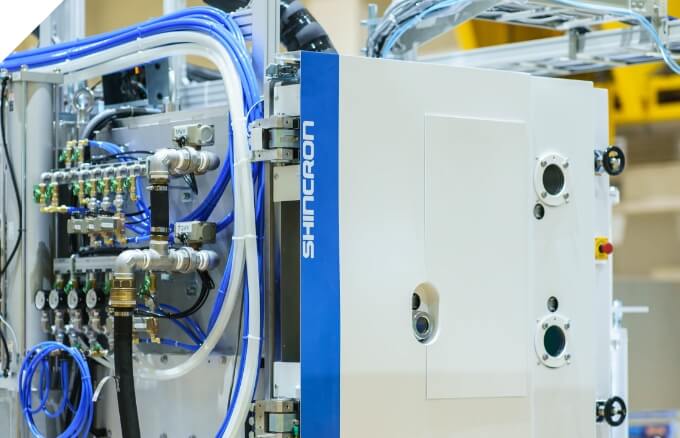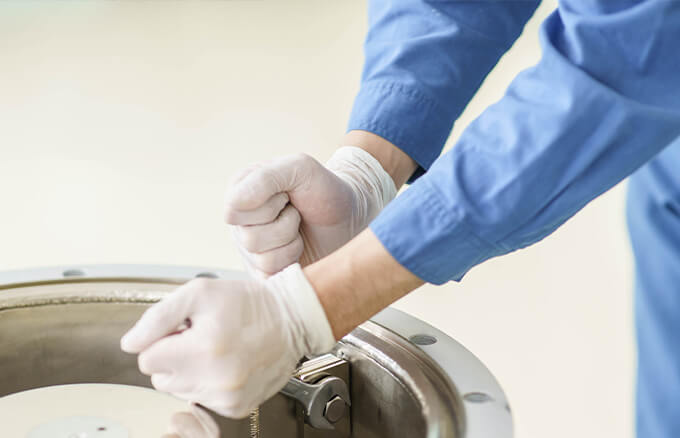Measures against the explosion of hydraulic rotary pumps
Oct 28, 2012
Case example
The hydraulic rotary pump may explode on its discharge side when discharging combustible or combustion-supporting gas (oxygen gas).
Cause
Gas discharged from the hydraulic rotary pump contains a large amount of oil mist. Experiments and on-site verification have shown that when combustible or combustion-supporting gas is discharged, this oil mist is likely to cause a phenomenon similar to a dust explosion in the exhaust duct as the core.
Countermeasures
Countermeasures can be taken in the pump or exhaust duct.
1. Countermeasures on the pump side
a. Using inert oil (such as Fomblin and Halocarbon) as operating oil for the hydraulic rotary pump is effective.
b. Employing a dry pump that does not use operating oil, instead of the hydraulic rotary pump, enables the generation of oil mist to be prevented.
2. Countermeasures on the exhaust duct side
If countermeasures cannot be taken on the pump side and active oil mist is generated, it is possible to control the occurrence of a dust explosion by forcibly discharging the exhaust gas with an explosion-proof fan to generate negative pressure. When using an oil mist trap, make sure to employ a flame-retardant or flame-resistant element. To dilute combustible or combustion-supporting gas, flow nitrogen gas in the gas ballast valve of the hydraulic rotary pump.
In addition, by using a metallic exhaust duct to ground the entire duct (JISD type), the generation of static electricity, which is considered to trigger a dust explosion, can be prevented.




